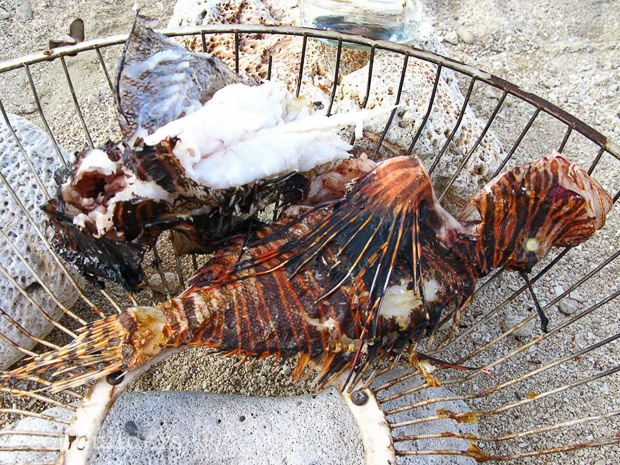An expert has said that over 50% of fish species offered at Turkish, Mediterranean fish stalls originated in the Red Sea. Deniz Ayas, an academic from Mersin University, stated that 17 of the 30 species on fishermen’s stalls are of Red Sea origin, adding that this intense migration of fish species to the Mediterranean has caused a change in the food chain.
“Some of these species are poisonous, while others are being consumed intensively. He told Hurriyet Daily News. “Today, out of the 30-32 species found on fishmongers’ stalls, 17 are of Red Sea origin, which constitutes over 50 percent.”
Sadly, this change in the fish species being sold and consumed on the Turkish coast isn’t just down to simple imports and exports from countries that border the Red Sea, like Israel, Egypt, and Saudi Arabia.
These fish traveled north via the man-made Suez Canal, which connects the Red Sea to the Mediterranean. And that’s having a knock-on effect on the endemic species, especially when venomous predators like Lionfish are moving in. As we have seen in the Caribbean, Lionfish will now be impossible to eradicate from there.

Taste preferences
“Our taste preferences have changed as well.” Ayas continued. The settlement of tropical species in the Mediterranean directly influences our taste preferences, culinary culture, and consumption habits.”
Ayas also noted that they do not perceive the influx of tropical migration into the Mediterranean as a disadvantage, but rather witness it as a change.
“In a sea where fishing is so intense, it can also be seen as an opportunity. By filling the vacant spaces left by overfishing, they complete the food chain. The changes in the Mediterranean can be viewed as an opportunity rather than something negative,” he said.
Well, it’s an opportunity for those lionfish for sure. And while fishermen’s nets may become fuller again in the short term, in the long term those 17 non-native invasive species will wreak havoc on the Mediterranean’s ecosystems.



